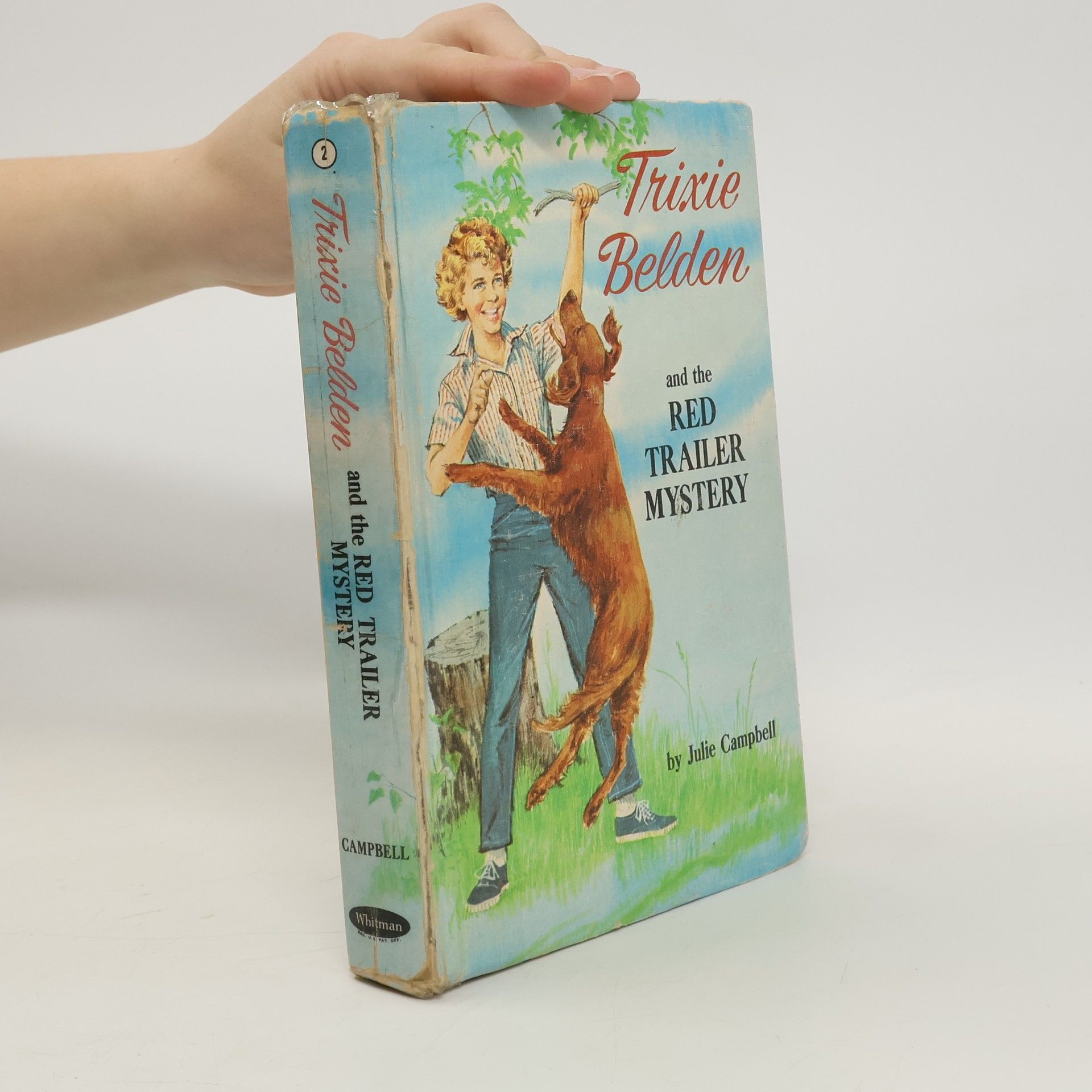Ginny Gordon and the Missing Heirloom
- 256pages
- 9 heures de lecture






This work has been selected by scholars as being culturally important and is part of the knowledge base of civilization as we know it. This work is in the public domain in the United States of America, and possibly other nations. Within the United States, you may freely copy and distribute this work, as no entity (individual or corporate) has a copyright on the body of the work. Scholars believe, and we concur, that this work is important enough to be preserved, reproduced, and made generally available to the public. To ensure a quality reading experience, this work has been proofread and republished using a format that seamlessly blends the original graphical elements with text in an easy-to-read typeface. We appreciate your support of the preservation process, and thank you for being an important part of keeping this knowledge alive and relevant.
The memoir unfolds through a series of poignant poems that capture the essence of childhood amidst chaos and trauma. Each poem serves as a vivid snapshot, offering insight into a child's perspective on turbulent experiences. Despite the challenges faced, the narrative emphasizes resilience and the determination to move forward, weaving together moments of pain and perseverance.
Exploring the interplay of philosophical and literary sociability in sixteenth-century France, this study highlights women-led circles as precursors to the later salons. It draws on play theory from notable philosophers to illustrate how these entertainment activities were crucial to the development of literary culture. Estienne Pasquier serves as a key observer, documenting the vibrant networks that shaped societal norms. The findings reveal how these ludic engagements had a lasting impact, influencing broader cultural attitudes and practices in subsequent decades.